Dragon Age: The Veilguard isn’t the game I expected it to be. I’m not a BioWare sicko like so many of my colleagues at TheGamer, although I will always have an undying love for the OG Mass Effect trilogy. Over the years I’ve tried to play Dragon Age again and again, only to bounce off it every single time.
Very little about its world, characters, or depiction of fantasy interested me, and so I watched it receive critical and commercial acclaim from a distance instead. But with The Veilguard, its release was a chance for me to give BioWare’s crown jewel another chance. I’m a few hours in now, and this is not the game I expected it to be. But maybe that’s good?
The Veilguard Isn’t Much Of An RPG…
One thing that immediately struck me about Dragon Age: The Veilguard is how linear it is in comparison to other RPGs. After the opening section where we take control of our Rook for the first time in order to stop Solas, we spend the next several hours working through short and sweet missions that take place within very contained environments.
Levels are a straight path forward aside from a few brief side streets or caves that take you to the same old piles of treasure, while at the time of writing I’ve only stumbled across a duo of settlements with merchants happy to sell me goods. I’m sure this will expand further when additional realms are opened up to discover and revisit, but right now it’s more akin to Fisher Price God of War than a grandiose RPG in the veins of Baldur’s Gate 3.
A lot of comparisons have been made to Baldur’s Gate 3, most of them unfair. But it can’t be denied that the mainstream perception of what a sprawling fantasy RPG can and should be has changed dramatically since the release of Inquisition.
The focus is on moving through an environment, dealing with hordes of enemies, solving a very easy puzzle, and choosing dialogue options inside gorgeously presented cutscenes. Rinse and repeat. The puzzles are particularly simplistic, to the point that some of them feel like placeholders that BioWare intended to take out during development.
If an elvish machine is in need of a crystal to build a bridge or open a door, chances are the thing you’re looking for is waiting conveniently in the next room. It isn’t meant to be challenging, and neither are most of the combat encounters. At least right now, maybe it gets harder as it opens up more. But despite how simple The Veilguard can be, for some reason I’m still enjoying it.
…In Fact, It’s More Like God Of War
The stop/start nature of combat and dialogue means you are constantly hearing new things and making fresh discoveries, which is immersive regardless of whether the things you are doing have any substance. There is something very Marvel-esque about how the characters talk and behave around each other, like they are stepping on eggshells or more invested in making silly jokes than putting a stop to the world-ending threat before them.
Once again, this is a lot like God of War. Aside from the open areas you are encouraged to explore in-between the more linear narrative sequences, its cadence of combat, dialogue, and puzzles is near identical. It even has companions yapping in your ears if you take more than five seconds to solve a puzzle. Yes, Neve, I know I need to destroy the glowing red crystal to open this door. Now please stop talking because your voice is really grating on me.
The Lighthouse even operates as a hub area where you can hang out and chat with your companions. Returning to it has become a comforting part of my Veilguard routine.
How The Veilguard looks and plays feels like a direct consequence of the triple-A space it occupies, and how it tried to pivot back into a single-player identity despite beginning life as a live-service multiplayer game.
The origins of this approach can be seen in level design, which reminds me of Overwatch maps where environments wind back on one another, or the loot system that seems to favour cosmetics over statistics. Whenever I open a chest and find a new piece of loot, I immediately equip it because I know it’s going to have higher stats than what I’m currently wearing, a mentality that is also seen in games like Destiny or Diablo.
Pivoting from this has seen The Veilguard take on a form that is eerily similar to other single player epics of recent years, but also a lightweight RPG that is trying to emulate the classic BioWare formula. It’s most similar to Mass Effect 3, which was infinitely more linear than its predecessors with a narrative ripe with stakes and smaller open world sections to explore. It could become more complicated and open-ended with time, but even if it doesn’t, Veilguard is still strangely alluring in ways I didn’t expect. It isn’t great, at points I’m not sure if it’s above average, but it’s scratching an itch for a game like this I didn’t know I had.
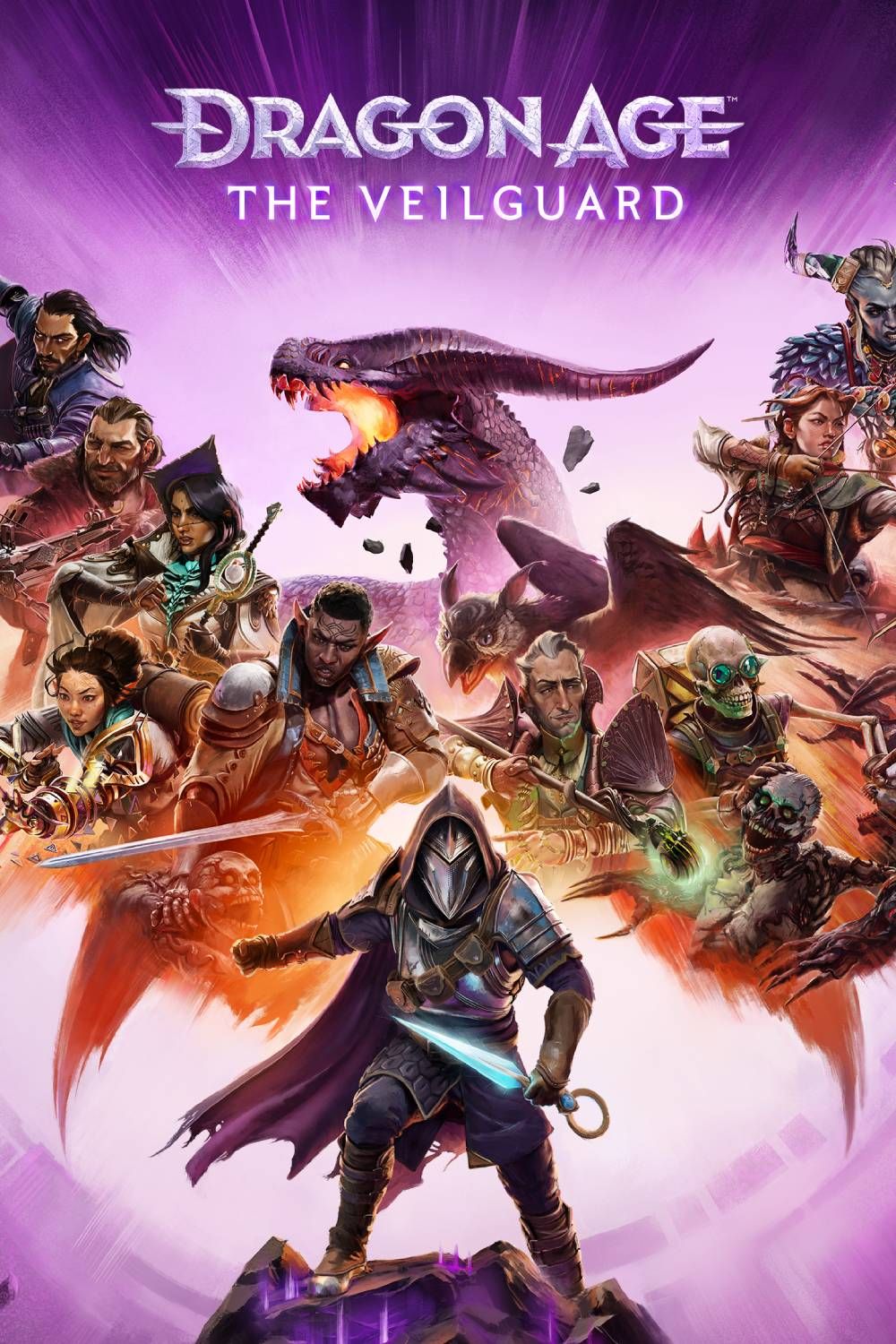
Dragon Age: The Veilguard is the long-awaited fourth game in the fantasy RPG series from BioWare formerly known as Dragon Age: Dreadwolf. A direct sequel to Inquisition, it focuses on red lyrium and Solas, the aforementioned Dread Wolf.
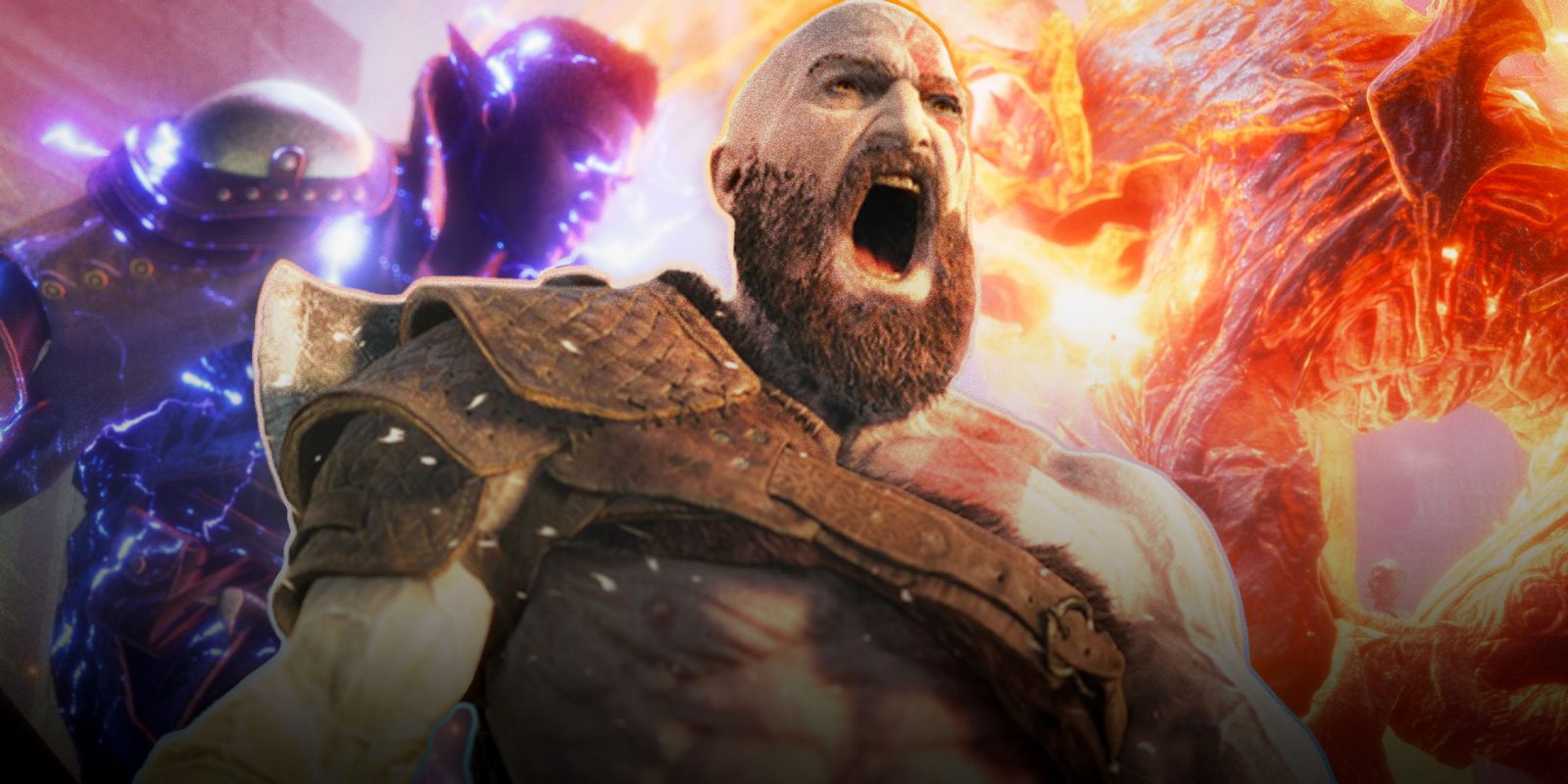

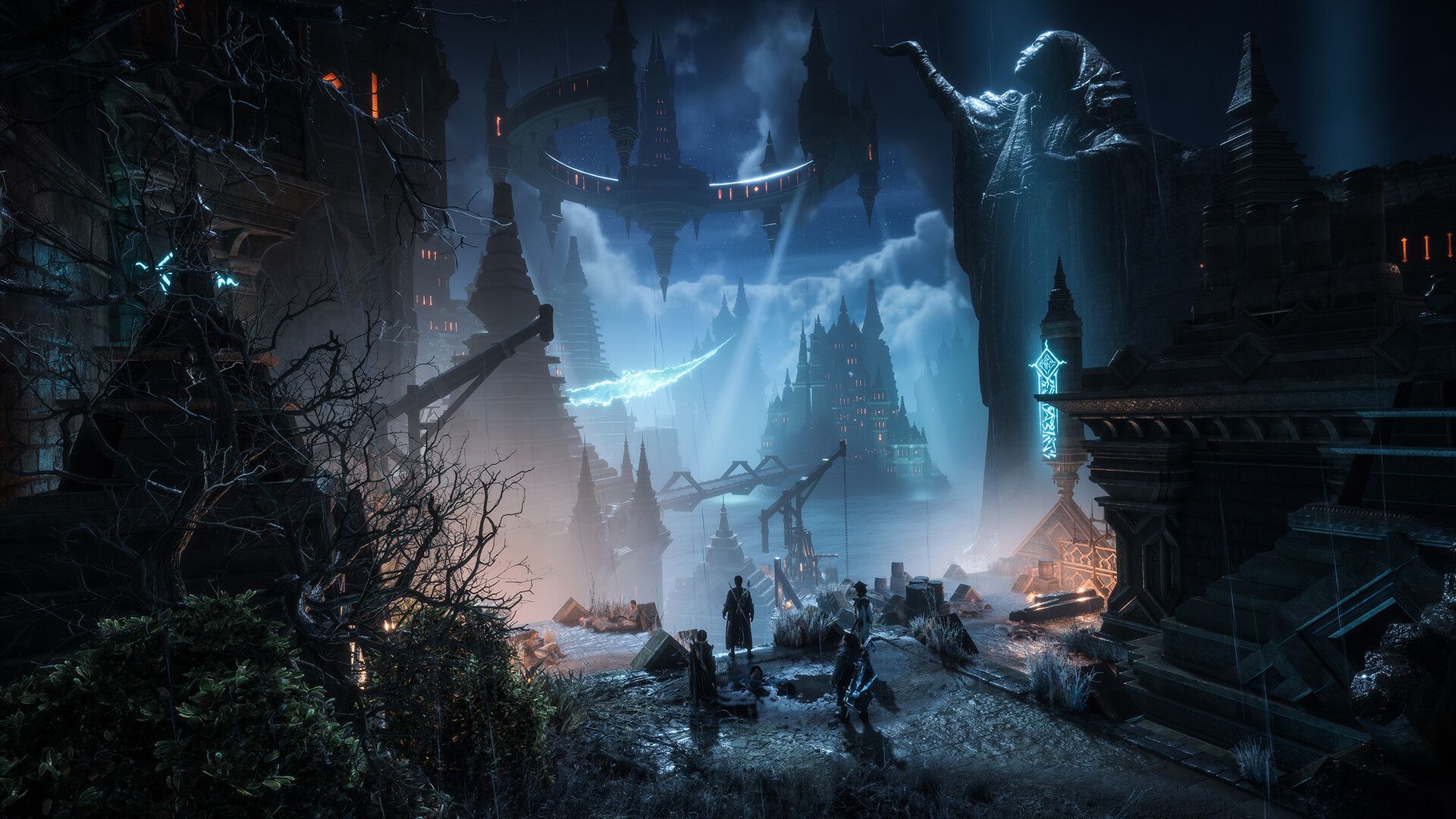
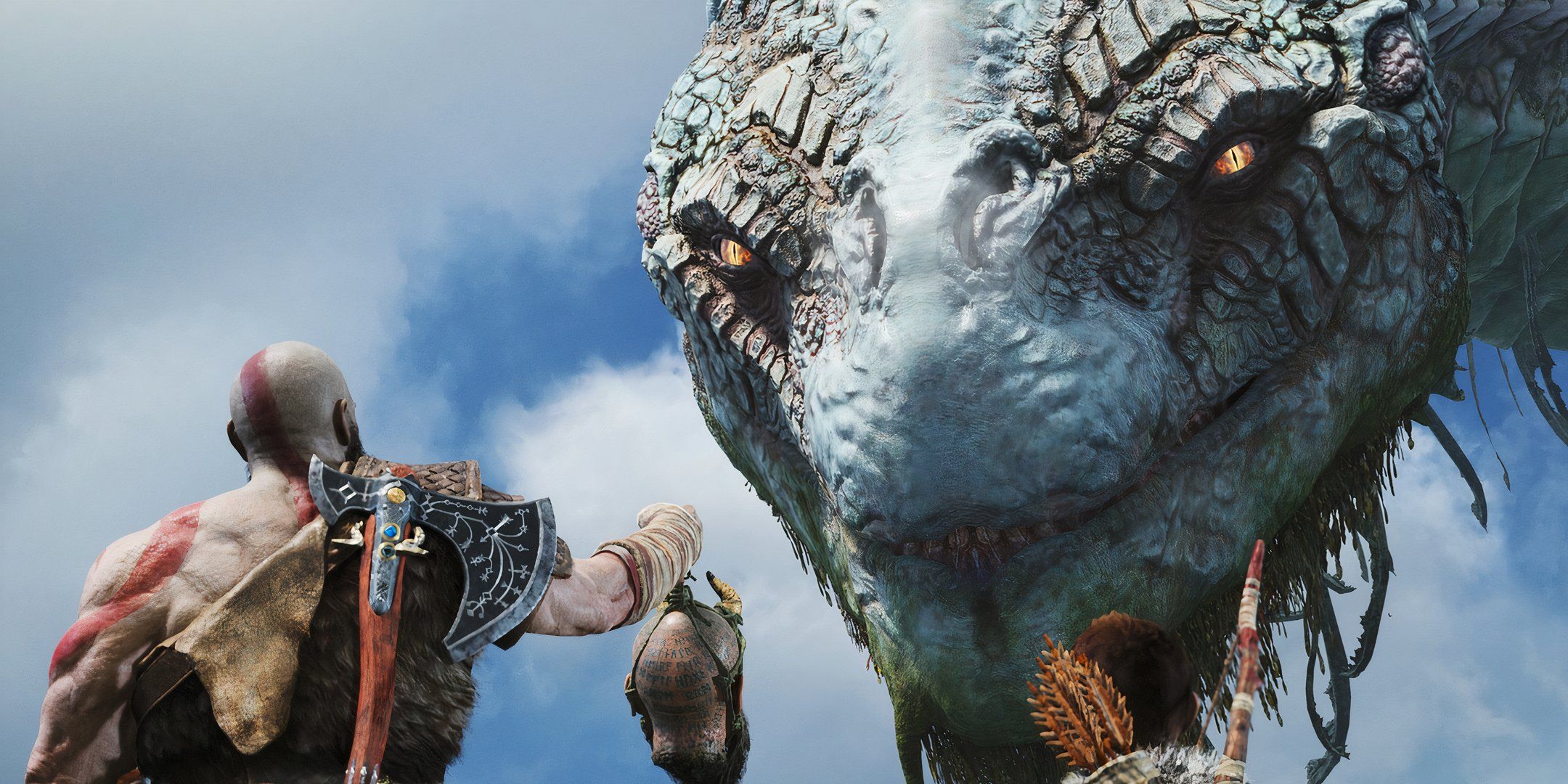
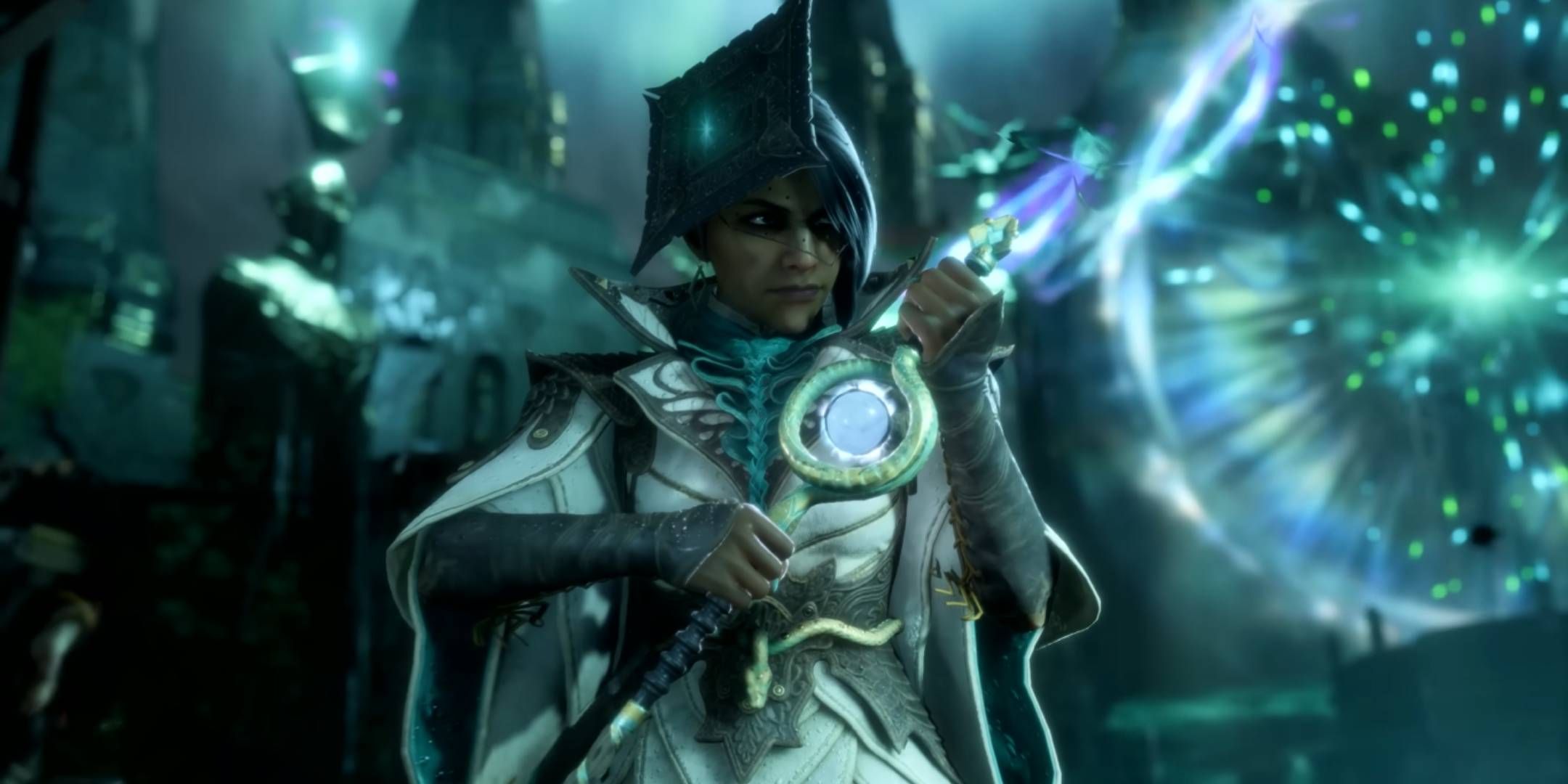
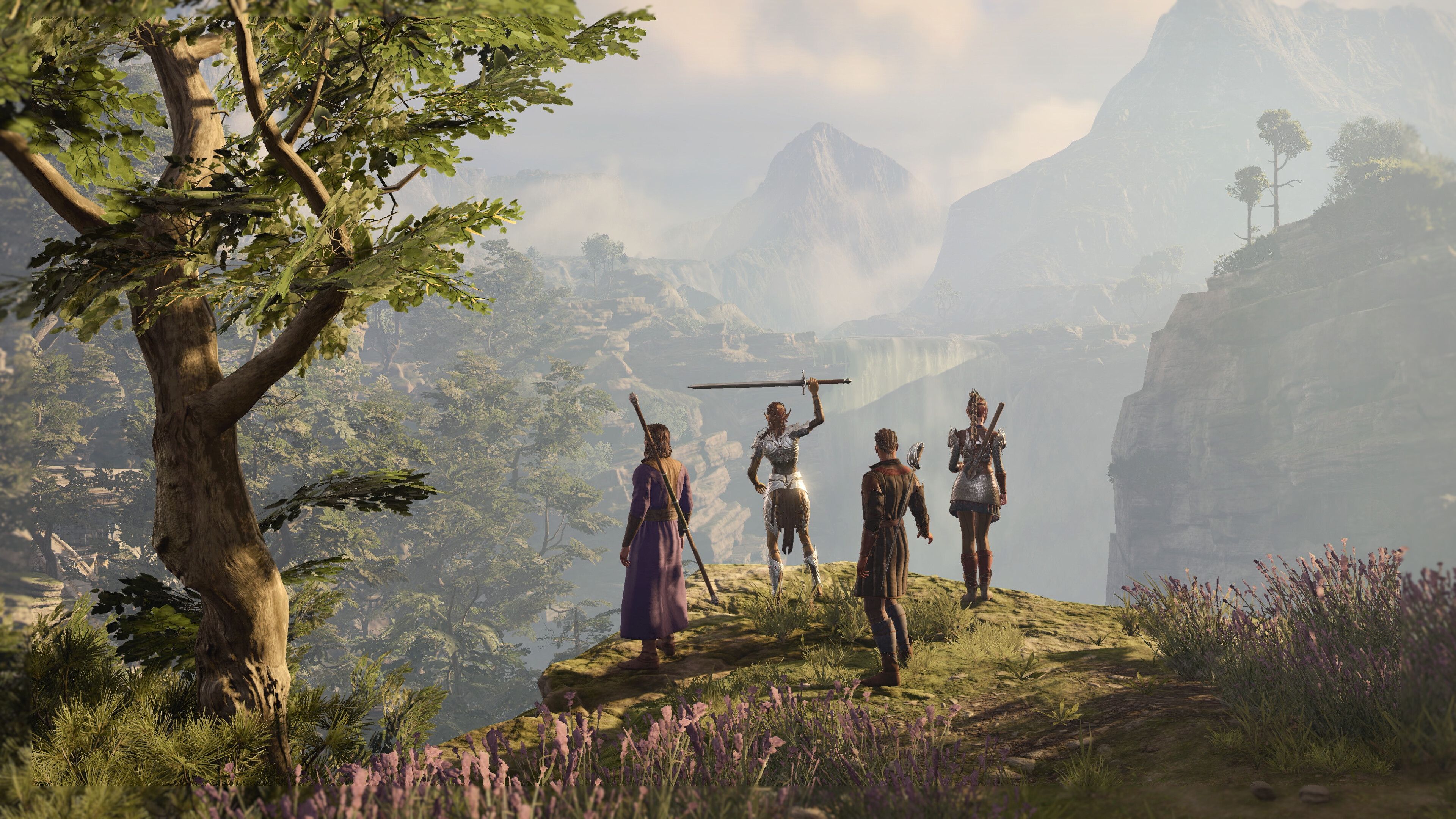
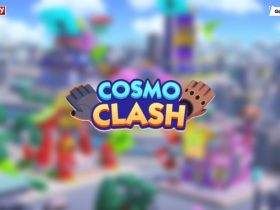


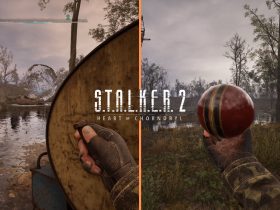






Leave a Reply